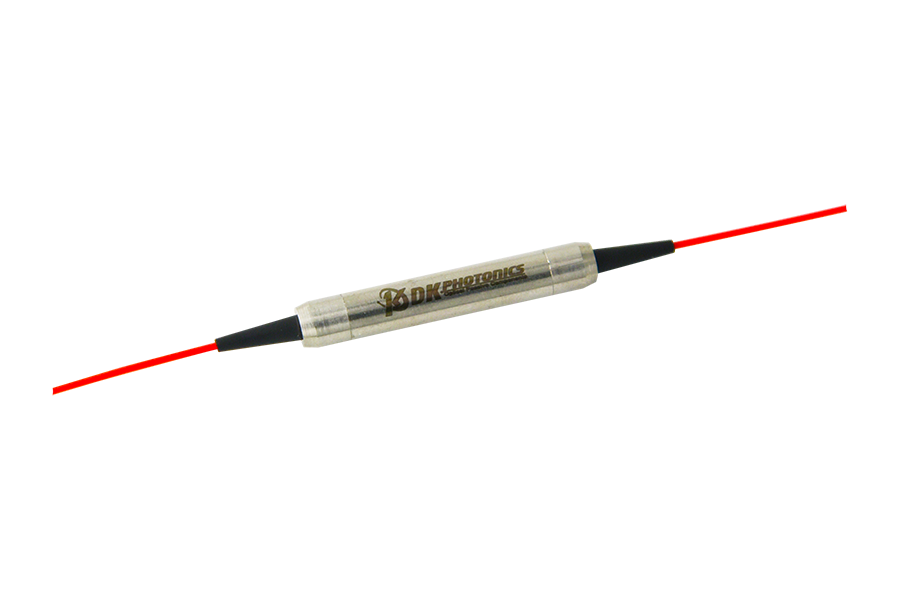Optical pumping refers to the phenomenon that involves exciting a medium or light electronically or populating specific electronic levels. Thus, when a medium is optically pumped, it means light is injected to electronically excite the medium or some of its energy levels.
In the case of laser amplifiers, the primary goal of optical pumping is to obtain population inversion in the gain medium and thereafter, achieve optical amplification for some ranges of light frequencies. Various types of lasers can be pumped using light.
Types of Pumped Lasers
-
Doped-Insulator Solid-State Lasers:
They are the most common lasers that are optically pumped. Since the host medium, which could be a crystal or glass, is electrically insulated, the only way to supply energy to the laser-active ions is through optical pumping.
-
Semi-Conductor Lasers:
In most cases, semi-conductor lasers are pumped electrically. However, in some cases, optical pumping is used due to some of its perks. In some scenarios, optical pumping helps with testing (when new semiconductor compositions are explored). In other cases, it is preferred to achieve higher brightness in the laser output. Another reason to use optical pumping is that optically pumped semiconductor gain medium typically has a simpler structure than its counterpart.
-
Gas Lasers
In rare cases, optical pumping is also used for pumping gas lasers, specifically alkali vapor lasers.
Common Sources of Optical Pumping
Some of the most common optical pump sources are:
- Discharge lamps: Lasers that are optically pumped using discharge lamps are referred to as lamp-pumped lasers.
- Laser diodes: Lasers that are pumped optically via laser diodes are called diode-pumped lasers.
- Frequency-doubled solid-state lasers: They are used to pump titanium-sapphire lasers.
- Gas Lasers: These lasers are used to pump dye lasers.
Pump Lasers in Fiber Optics Applications
Pump lasers are also utilized in fiber optics applications such as fiber amplifiers – to produce optical amplification. However, when using pump lasers, you need a separate component to achieve maximum transmission from the fiber-coupled pump laser diode while blocking parasitic signals. That component is called a pump laser protector. Also known as a pump protection filter, this high-power component allows you to boost the transmission of optical signals from the fiber-coupled pump laser diode and prevent parasitic signals from being reflected back into the laser.
Depending on the laser diode, you can use different types of pump laser protectors, such as:
- Single-Mode (SM) Pump Laser Protector
- Polarization-Maintaining (PM) Pump Laser Protector
- Multi-Mode (MM) Pump Laser Protector
High-quality high-power pump laser protectors are characterized by certain features that include low insertion loss, high-power handling, high isolation, excellent temperature stability, and excellent reliability.
These pump laser protectors are highly demanded in various applications, including fiber amplifiers, fiber lasers, test and measurement, and instrumentation.
DK Photonics is the leading manufacturer of high-power optical passive components, including pump laser protectors. For related queries, please feel free to get in touch.


Leave A Comment